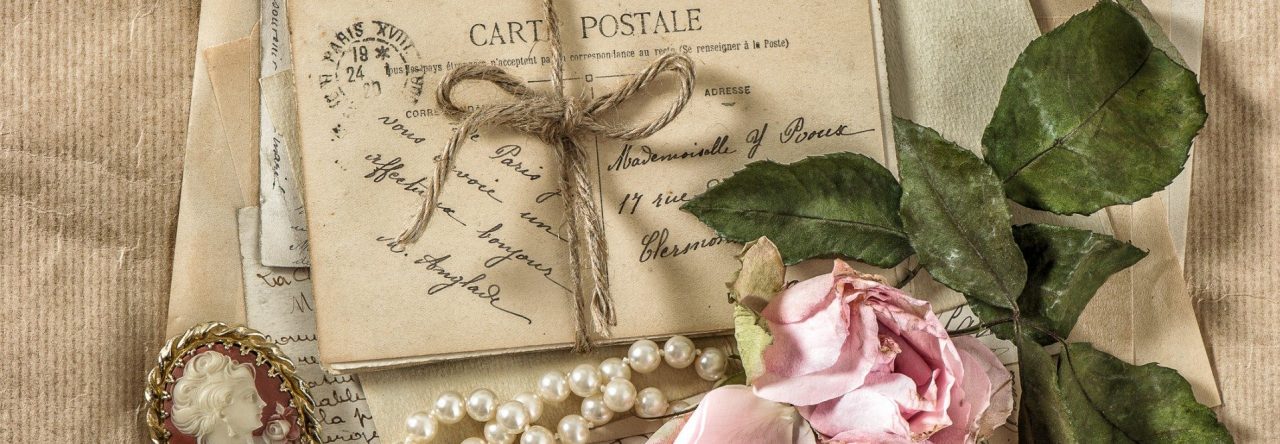Some Christmas movies earn a coveted spot on everyone’s list. You know the one’s I’m talking about. The one’s you eagerly anticipate rescuing from the boxes of Christmas decorations. Titles like A Christmas Carol, It’s a Wonderful Life, Miracle on 34th Street, and A Christmas Story.
Below is my list often overlooked movies that are worth your viewing time this Christmas season. I’ve made it easy for you to purchase the movie for yourself or as a gift. Just click on the cover to go to Amazon. I guarantee you won’t be disappointed with any of these Christmas selections.
Do yourself a favor. Make a plan right now to make yourself a cup of tea, sit down and put your feet up, and enjoy at least one of these heart-warming holiday movies.
One Special Night–Julie Andrews, James Garner. This is by far one of my favorite holiday movies! Julie Andrews and James Gardner are at their very best in this charming holiday tale of two lonely people finding their way to each other after the loss of their respective spouses to Alzheimer’s and heart disease. Julie plays a fiesty surgeon who values her independence. James plays a construction foreman with a few old-fashioned notions about what women can/can’t do, and the clash is inevitable! It’s funny, sweet, and touching all at the same time.
Silent Night–Linda Hamilton, Cassian Bopp, Michael Elkin. This is a fantastic movie, a well told story and wonderfully acted. Based on real events on a snowy Christmas Eve in Germany’s Huertgen Forest during that brutal winter of 1944-’45, Silent Night tells the story of American GI’s who take refuge in a cabin inhabited by a German woman and her son trying to escape the carnage of the Battle of the Bulge. She allows them in but requires them to keep their weapons outside. Before long they are joined by several Nazi soldiers but Frau Vincken also denies them entry unless they, too, leave their weapons outside. For one night, the war weary soldiers agree to a truce and discover the true meaning of courage, as well as the true spirit of Christmas.
Joyeux Noel–Guillaume Canet, Benno Furmann, Daniel Bruhl, Diane Kruger and Gary Lewis headline this amazing international cast. Similar to Silent Night, Joyeux Noel is based on true events that occurred on Christmas Eve, 1914 when a spontaneous, unauthorized truce among German, French and British soldiers took hold in various sectors along the front lines. Soldiers exchanged cigarettes and alcohol, played football (soccer), and allowed the removal and burial of dead soldiers from the frozen tundra of no mans land. The movie is a moving tribute to men of three nations who saw past hate and political intrigue long enough to share in their humanity and embrace the spirit of Christmas.
The Christmas Shoes–Rob Lowe, Kimberley Williams. You’d better have the Kleenex handy for this one. Adapted from the book by Donna VanLiere, Robert is a successful attorney who has everything in life-and nothing at all. Focused on professional achievement and material rewards, Robert is on the brink of losing his marriage. He has lost sight of his wife, Kate, their two daughters, and ultimately himself. Eight year old Nathan has a beloved mother, Maggie, whom he is losing to cancer. But Nathan and his family are building a simple yet full life, and struggling to hold onto every moment they have together. A chance meeting on Christmas Eve brings Robert and Nathan together-he is shopping for a family he hardly knows and Nathan is shopping for a mother he is soon to lose. In this one encounter, their lives are forever altered as Robert learns an important lesson: sometimes the smallest things can make all the difference. The Christmas Shoes is a universal story of the deeper meaning of serendipity, a tale of our shared humanity, and of how a power greater than ourselves can shape, and even save, our lives.
I’ll Be Seeing You–Ginger Rogers, Joseph Cotten and Shirley Temple. I’ll Be Seeing You is a tender wartime love story about two troubled strangers who meet by chance and try to crowd a lifetime of love and laughter into eight days. After serving half of a prison sentence for accidental manslaughter, Mary Marshall (Rogers) is allowed a holiday furlough to visit her family. Keeping her history a secret, she falls in love with a kindhearted GI (Cotten) who’s struggling to overcome shell shock. Both long for a normal life. But can they have it if he learns the truth about her?
A Merry Ingalls Christmas–Michael Landon, Karen Grassle, Melissa Gilbert. Okay, don’t judge me. If you read my About page, you’d have seen this coming. This DVD contains two Christmas episodes from the beloved series, “Christmas at Plum Creek” (Season 1) and “A Christmas They Never Forgot” (Season 8). “Christmas at Plum Creek” tells the story of the Ingalls family’s first Christmas in Walnut Grove. With a lack of funds, each member of the family finds a unique way to make/give Christmas gifts to each other. In “A Christmas They Never Forgot,” the Ingalls are snowed in at Christmas and share stories of Christmas’s past with each other.
Come to the Stable–Loretta Young, Celeste Holm I haven’t seen this film but it’s on my list of movies to watch so I thought I’d share this one with you. A heartwarming family film concerning the exploits of two French nuns who come to America, setting up operations in a local stable, in order to raise money for a children’s hospital.
Want more ideas? Explore the entire list of classic holiday films and period dramas at Willow & Thatch.
Do you have a little known Christmas movie you treasure in your home?







































































